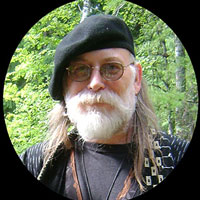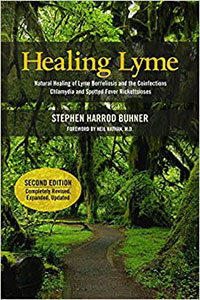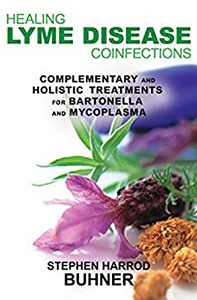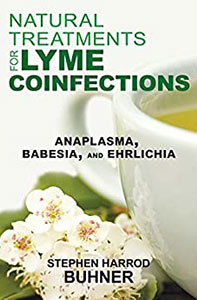Dear Stephen,
I got lyme in May, 2008. I did antibiotics at first and then the core protocol. After doing the protocol for 9 months, I had gotten up to the full protocol for about one month. By April 2009, I was doing great with the herbs and was considering backing off. Then I think I was bitten again and also bitten by some kind of mammal (I think) while clearing out some ivy. I didn’t get a good look at it, but certainly felt it. Soon after the bite I had chills and sweats and increased symptoms (neck pain, hip pain, fatique, brain tingling, dizzy, poor sleep). So, I’ve been staying with the herbs: 4 x 4 (500mg) knotweed, 1 x 4 (500 mg) cats claw and 1 x 4 (500 mg) sarsaparilla. I’m thinking of upping the doses and adding andrographis again. I’m concerned about stressing my body. At this point I’ve been doing protocol herbs for 12 months. I’m wondering how long one can actually do these herbs in these doses and not do damage? Thanks so much for your book! And your Planet Thrive answers!
Stephen’s response:
If those symptoms came back while on the herbs you mention, I would add andrographis again, also eleuthero tincture. I would increase the cat’s claw dosage as well. Irritating since you were almost done. These herbs can be taken long term, the only one I have some considerations about is the andrographis but many people do use it low dose for extended periods without trouble.
Stephen
-
Stephen Harrod Buhner was an Earth poet and an award-winning author of twenty-four books on nature, indigenous cultures, the environment, and herbal medicine including the acclaimed book Healing Lyme: Natural Healing & Prevention of Lyme Borreliosis & Its Co-infections.
Stephen came from a long line of healers including Leroy Burney, Surgeon General of the United States under Eisenhower and Kennedy, and Elizabeth Lusterheide, a midwife and herbalist who worked in rural Indiana in the early nineteenth century. The greatest influence on his work, however, was his great-grandfather C.G. Harrod who primarily used botanical medicines, also in rural Indiana, when he began his work as a physician in 1911.
Stephen’s work has appeared or been profiled in publications throughout North America and Europe including Common Boundary, Apotheosis, Shaman’s Drum, The New York Times, CNN, and Good Morning America. Stephen lectured yearly throughout the United States on herbal medicine, the sacredness of plants, the intelligence of Nature, and the states of mind necessary for successful habitation of Earth.
He was a tireless advocate for the reincorporation of the exploratory artist, independent scholar, amateur naturalist, and citizen scientist in American society – especially as a counterweight to the influence of corporate science and technology.
View all posts













0 Comments